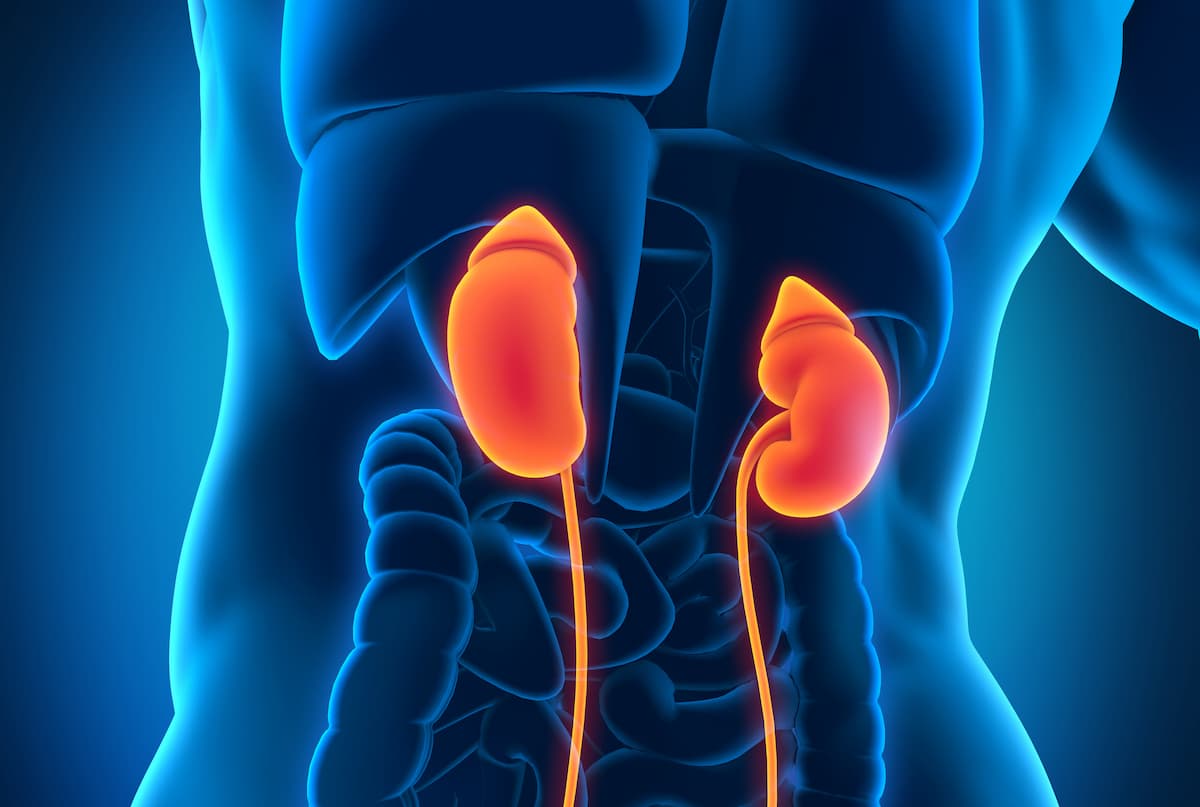Efficacy Highlighted in Fianlimab/Cemiplimab in Pretreated Advanced ccRCC
“These data support the development of fianlimab plus cemiplimab combination therapy for patients with metastatic ccRCC,” said Miso Kim, MD, PhD.
“These data support the development of fianlimab plus cemiplimab combination therapy for patients with metastatic ccRCC,” said Miso Kim, MD, PhD.

Early efficacy responses were noted when fianlimab and cemiplimab-rwlc (Libtayo) were combined to treat patients who were heavily pretreated with advanced clear cell renal cell carcinoma (ccRCC), according to data from a phase 1 trial (NCT03005782) presented at the 2024 Kidney Cancer Research Summit.
Findings showed that patients in cohort 3, which included those who received prior treatment with a VEGF TKI but were naive to an anti–PD-1/PD-L1 therapy (n = 15), achieved an overall response rate (ORR) of 20% (95% CI, 4%-48%). All responders had a partial response (PR), and the rates of stable disease (SD) and progressive disease (PD) were 60% and 20%, respectively, translating to a disease control rate (DCR) of 80% (95% CI, 52%-96%).
In cohort 4, which included patients who had prior exposure to both a VEGF TKI and an anti–PD-1/PD-L1 agent (n = 15), fianlimab plus cemiplimab elicited an ORR of 7% (95% CI, 0%-32%), with 1 patient achieving a PR. The respective SD and PD rates were 67% and 27%, and the DCR was 73% (95% CI, 45%-92%).
“These data support the development of fianlimab plus cemiplimab combination therapy for patients with metastatic ccRCC,” lead study author Miso Kim, MD, PhD, of Seoul National University Hospital in South Korea, said in a presentation of the data.
The open-label, cohort-expansion study included patients at least 18 years of age with locally advanced or metastatic ccRCC who received no more than 2 previous regimens of anti-angiogenic therapy. Cohort 3 included patients naive to prior treatment with an anti–PD-1/PD-L1 agent, and cohort 4 featured patients who received prior treatment with an anti–PD-1/PD-L1 agent within 3 months of screening. Key inclusion criteria for all patients included an ECOG performance status (PS) of 0 or 1; measurable disease per RECIST v1.1 criteria; and adequate bone marrow and organ function.
Patients were excluded if they received prior treatment with a LAG-3–targeted therapy or underwent radiation within 2 weeks of enrollment.
In both cohorts 3 and 4, all patients received 1600 mg of fianlimab plus 350 mg of cemiplimab once every 3 weeks for up to 24 months.
ORR per RECIST v1.1 criteria served as the trial’s primary end point. Secondary end points included progression-free survival, duration of response, DCR, and safety.
In cohort 3, the median age was 64 years (range, 60-68), 80% of patients were male, and 40% of patients were White. Eighty percent of patients had a hemoglobin level below the lower limit of normal (LLN), 20% of patients had a calcium level greater than 10 mg/DL, and 13% of patients had a lactate dehydrogenase (LDH) level more than 1.5 times the upper limit of normal (ULN). Twenty-seven percent of patients went from diagnosis to systemic treatment in less than 1 year. All patients in cohort 3 had an ECOG PS of 1. The numbers of prior lines of therapy included 1 (40%), 2 (40%), and 3 (20%).
Patients in cohort 4 had a median age of 64 years (range, 57-74). Eighty-seven percent of patients were male, and 87% were White. Hemoglobin levels below the LLN were observed in 33% of patients at baseline; 27% of patients had a calcium level greater than 10 mg/DL; and 7% of patients had an LDH level more than 1.5 times the ULN. Forty percent of patients proceeded from diagnosis to systemic therapy in less than 1 year. Sixty-seven percent of patients in cohort 4 had an ECOG PS of 0. The numbers of prior lines of therapy included 1 (7%), 2 (67%), 3 (20%), and 5 (7%).
Kim noted that most patients in both cohorts had high-risk features.
Regarding safety, 3 patients in cohort 3 discontinued treatment due to adverse effects (AEs), which were grade 3 pancreatitis, grade 3 colitis, and grade 3 increased alanine aminotransferase/aspartate aminotransferase/alkaline phosphatase. One patient in cohort 4 discontinued treatment due to grade 3 pneumonia. Notably, 1 patient in cohort 3 died due to a treatment-emergent AE (TEAE).
In cohort 3, TEAEs of any grade occurred in all patients, and 53% of patients had grade 3 or higher TEAEs. The rates of any-grade and grade 3 or higher serious TEAEs were 33% and 27%, respectively. The respective rates of any-grade and grade 3 or higher treatment-related AEs (TRAEs) were 80% and 27%. Serious TRAEs of any grade and grade 3 or higher were reported in 20% and 13% of patients, respectively. Immune-related TEAEs of any grade occurred in 40% of patients, and 13% of patients had grade 3 or higher immune-related TEAEs.
The most common TRAEs reported in at least 10% of patients in cohort 3 included rash (any-grade, 27%; grade ≥ 3, 0%), pruritus (13%; 0%), colitis (13%; 7%), diarrhea (13%; 7%), fatigue (13%; 0%), infusion-related reaction (27%; 0%), and decreased appetite (13%; 0%).
In cohort 4, TEAEs of any grade occurred in 93% of patients, and 27% of patients had grade 3 or higher TEAEs. The rates of any-grade and grade 3 or higher serious TEAEs were both 13%. The rates of any-grade TRAEs was 60%, and no patients had grade 3 or higher TRAEs. Serious TRAEs of any grade occurred in 7% of patients, and none were grade 3 or higher. Immune-related TEAEs of any grade occurred in 7% of patients, and none were grade 3 or higher.
The most common any-grade TRAEs in cohort 4 included rash (7%), maculopapular rash (13%), diarrhea (13%), fatigue (20%), infusion-related reaction (7%), and decreased appetite (7%).
Reference
Kim M, McDermott RS, Williamson SK, et al. A phase 1 study of fianlimab (anti–LAG-3) in combination with cemiplimab (anti–PD-1) in patients with advanced ccRCC. Presented at: 2024 Kidney Cancer Research Summit; July 11-12, 2024; Boston, Massachusetts. Abstract 7.